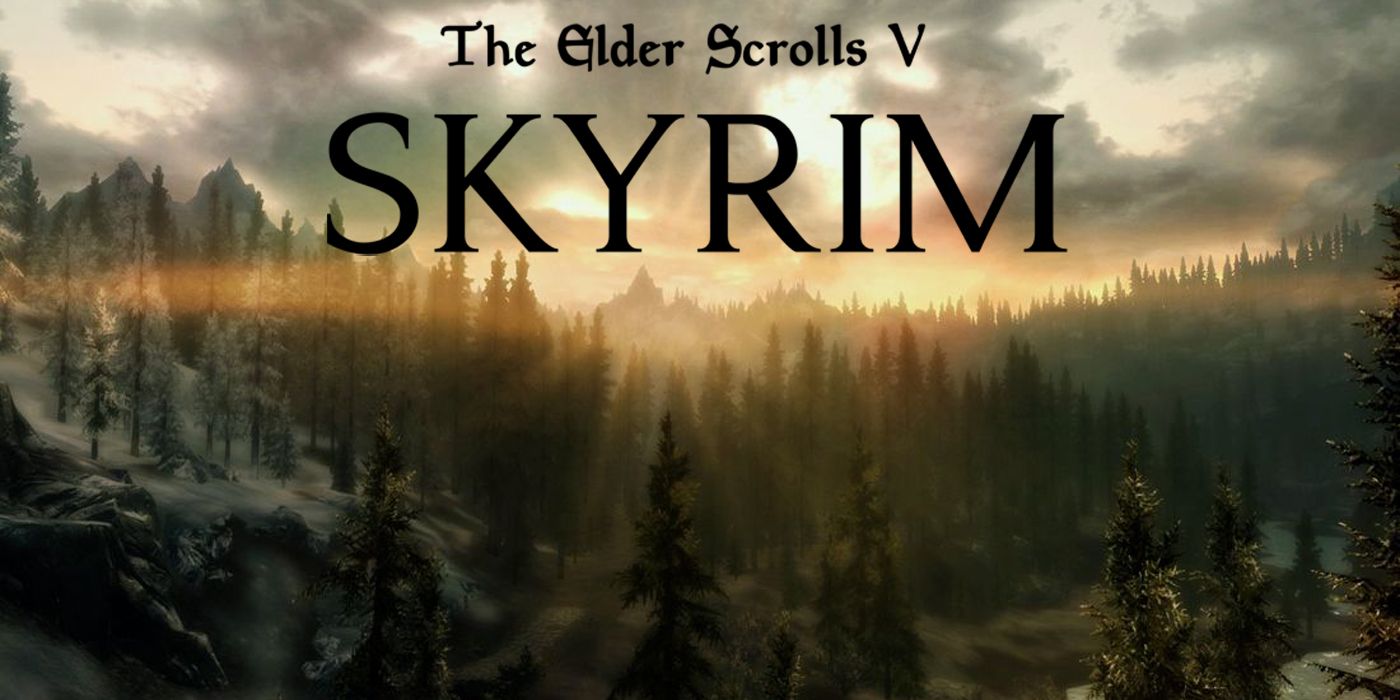
There are plenty of open-world RPGs out there, covering just about any setting, from sci-fi, to historical fantasy, to high fantasy. These open worlds can vary in quality as all games can, but few have ever reached the status of Skyrim.
A ton of games have tried to replicate the open-world magic of Skyrim, but none have managed to quite hit the mark. That's not to say there haven't been other great open-world games released since then, The Witcher 3 is a fantastic example of another open-world RPG that's a cut above the rest, but that and the world of Skyrim still feel quite different.
RELATED: Dungeons and Dragons, The Elder Scrolls Show How Much Weird Fantasy Can Achieve
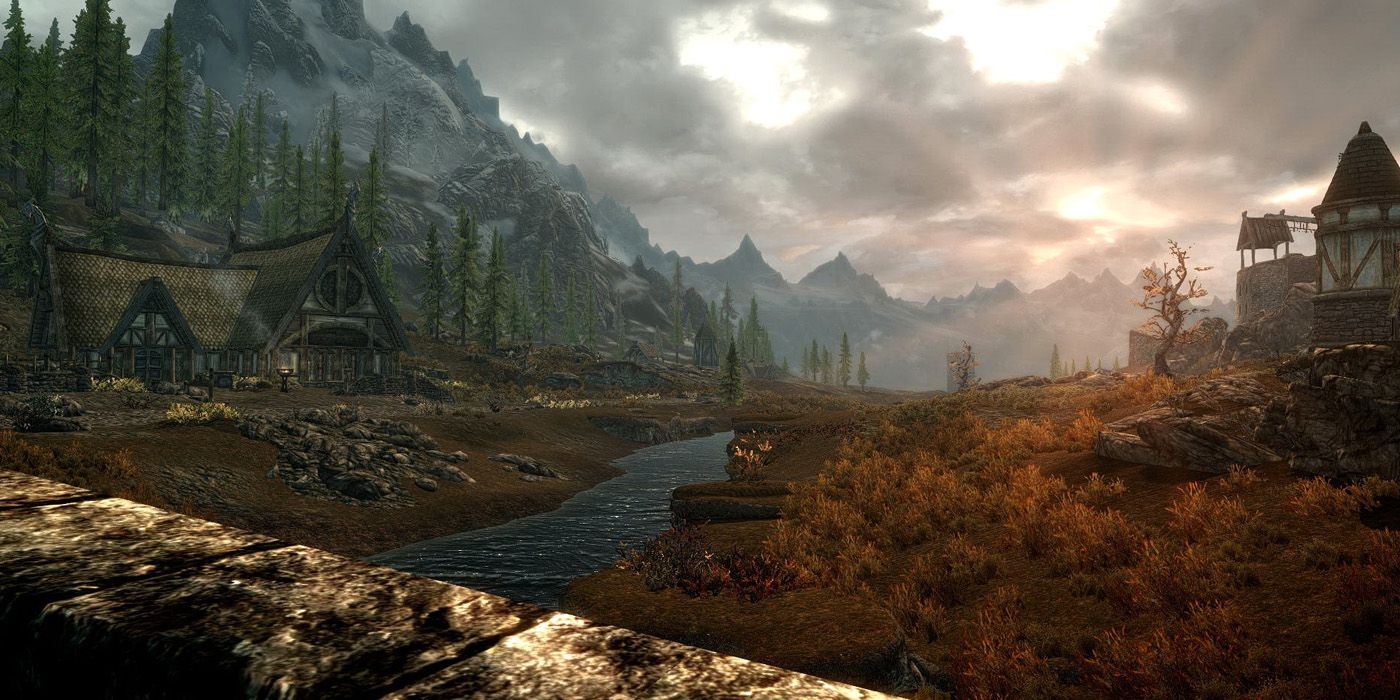
Part of what makes the world of Skyrim so much fun to explore is the perfect mixture of empty space and interesting places to find. That's a difficult thing for an open world to achieve; many of them either have so much empty space that moving across the world to the next objective (or just to explore) can be a bit boring. It can take a long time to find anything of note, and it can make it difficult to stay engaged.
On the flipside, there are quite a few games with open worlds that have new things popping into the player's face every five seconds, and this is an equal turn-off. Finding something interesting in the world has to be this delicate balance of being rare enough to feel special, while still happening frequently enough that it pulls the player along without too much effort. If that sounds difficult to pull off, that's because it is, and it's part of why Skyrim's open world is rarely, if ever, surpassed.
Walking or riding through Skyrim is equal parts peaceful, awe-inspiring, and dangerous. There are plenty of areas that are just trees, mountains, and plains; but interspersed through all of that are buildings, caves, ruins, and so on. No matter which direction someone decides to go in Skyrim, they're bound to find something of note, they just might need to look a little bit to find it.
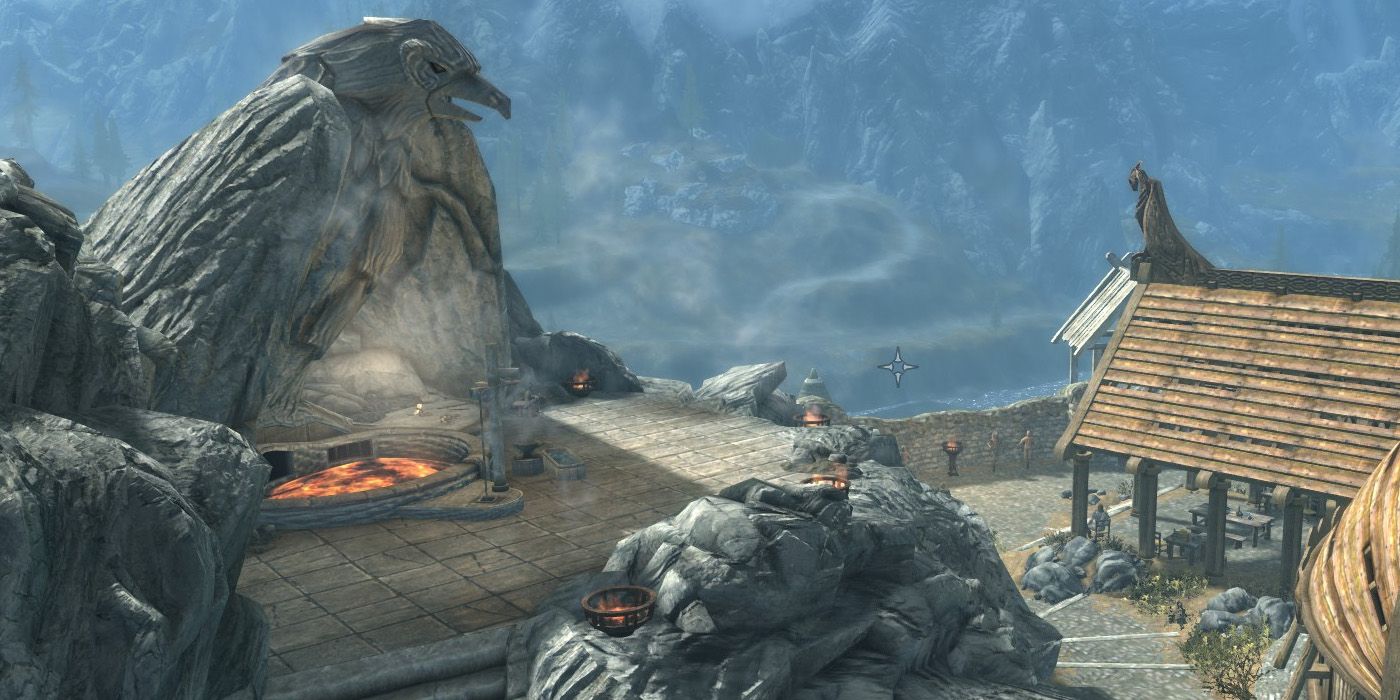
All of that being said, none of that matters if the locations all feel super similar. If everything players found in an open world was a lot like everything else they found, it would no longer feel rewarding to find anything in that open world. This is another problem that a lot of games struggle with, and for good reason; it has to be difficult to constantly keep the locations feeling fresh, while making them similar enough that they believably fit into the same world.
While some of Skyrim's locations can fall into this same trap, there are still enough different types of locations that it keeps it interesting. Between Dwemer ruins, bandit hideouts, Falmer caves, Draughr crypts, and more, it's unlikely many players are going to get stuck in a rut where they're clearing the same kind of location over and over again. Not to mention that, near the end of quite a few of these locations, players get to learn a new Shout that can change their gameplay possibilities tremendously.
RELATED: Skyrim is One of Few Games to Actually Last 10 Years
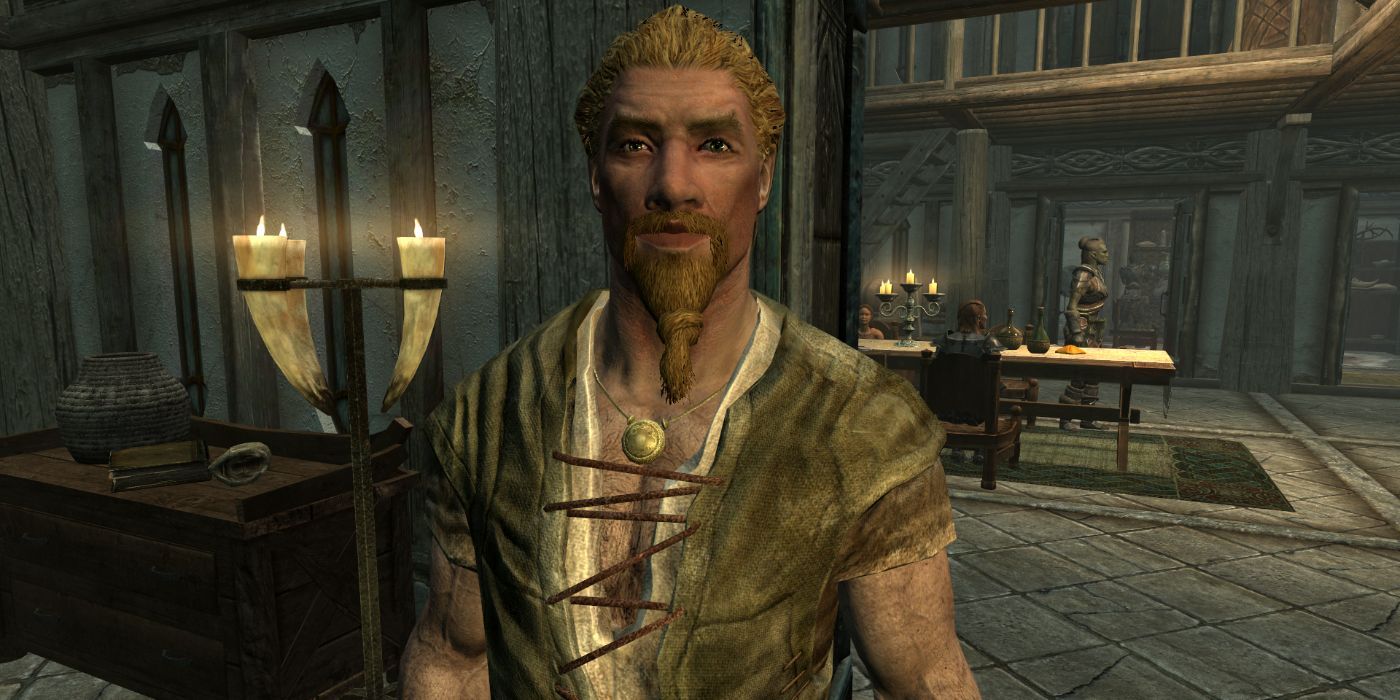
One of the greatest things about Skyrim that make it feel like a living, breathing world is the fact that every single NPC that dwells in a city or a town, outside of the guards, are named. They all have their own personalities, schedules, and many of them are involved in a chain of quests. There are so many open-world games where this isn't the case, including Fallout 4. Filling the world with characters named "Civilian" or "Resident" makes the world feel like it's populated by NPCs, instead of feeling like it's populated by people. It makes the game world feel like a game world, instead of like a world.
Finding any locations in Skyrim, even if it's just some shack in the woods, is going to give players a classic Elder Scrolls story, even if it's one that the player has to figure out for themselves. This goes a long way in making every place feel like a location to be remembered, and makes it a lot easier to roleplay as a character in that world.
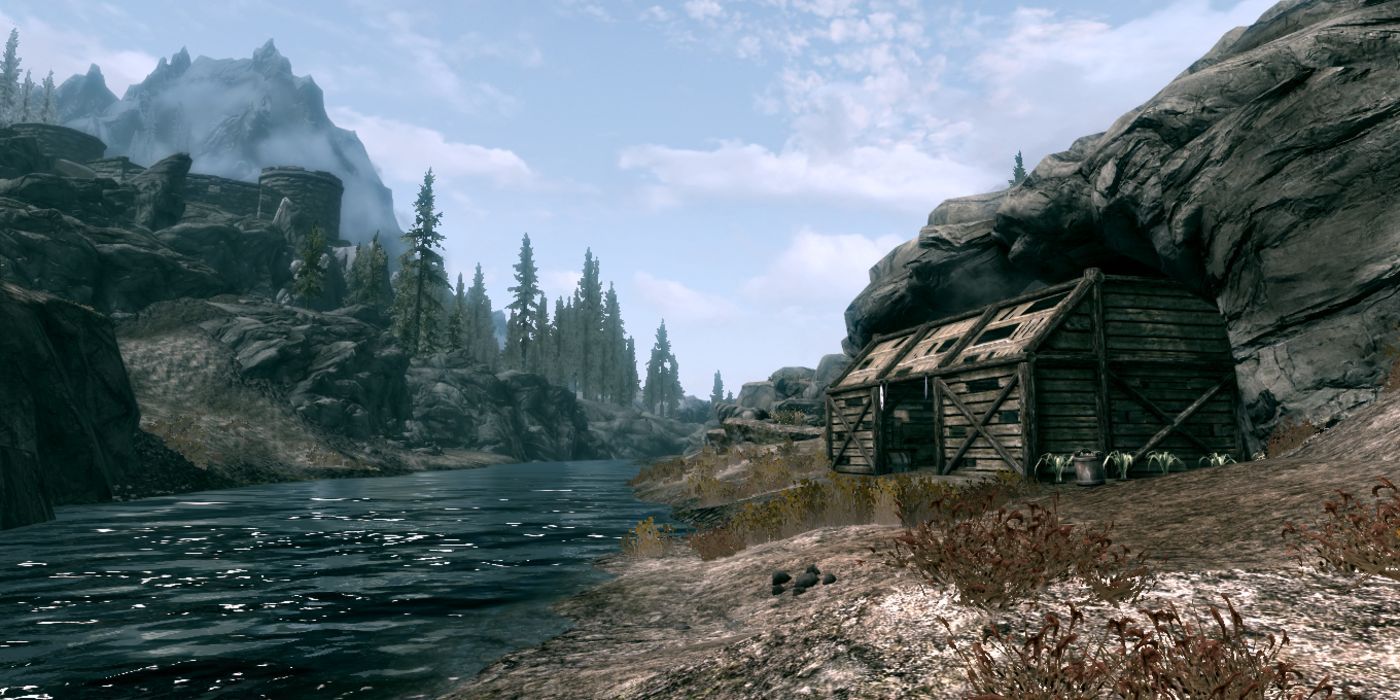
At the end of the day, an open-world game isn't about the size of the open world; much like any other kind of game, it's about the quality of what's actually in that game. A world can be massive, but the bigger the world, the less care that may gone into each and every portion of that world. That's not to say games with outrageously big worlds are inherently bad: No Man's Sky is a good example of a game with utterly humongous open-world(s), but that's more or less the point of the game. It's about exploring a realistically huge universe, and in that regard, it's a success.
But, other games don't need that kind of massive world, especially if that world is procedurally generated like No Man's Sky. The underwater survival game Subnautica is a good example of a game in a genre that is usually populated by procedurally generated worlds, but the developer of that made the conscious decision to handcraft that world. It leads to a game that feels wonderful to explore, and always feels like it's revealing new facets to the player.
Something would be lost in Skyrim if it was much bigger, or if it was procedurally generated. There's a charm to every location in Skyrim. No location feels haphazard, none of them feel like they were randomly placed by an algorithm just to fill a spot on a map. Some of them might feel more worthwhile than others, but if every location felt massively interesting, suddenly no location feels interesting. Skyrim hits the perfect notes in its open world, and it's a secret recipe that no other developer has been able to replicate.
The Elder Scrolls 5: Skyrim is available to play now on PC, PlayStation 4, PlayStation 5, Xbox One, Xbox Series X, and Nintendo Switch.

